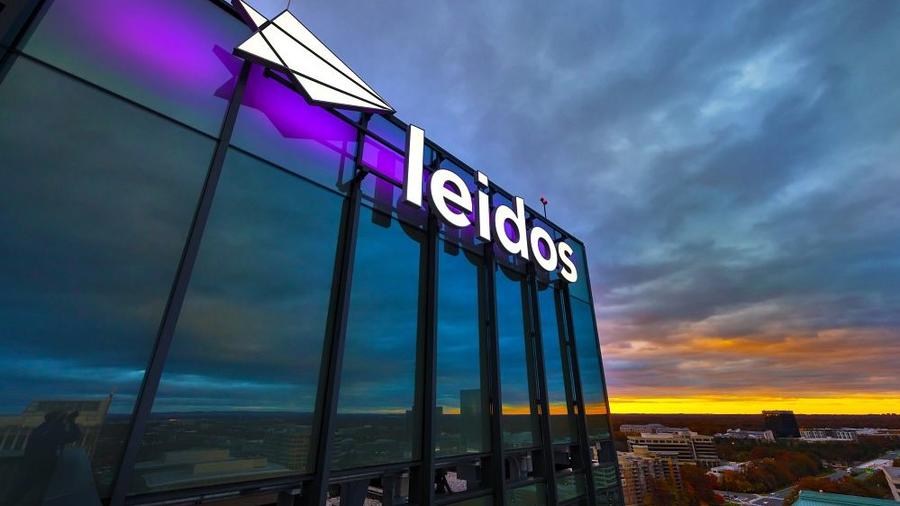What does Leidos mean?
Leidos Global Headquarters in Reston, Virginia. Photo: Jay Townsend
The name Leidos, clipped from “kaleidoscope” to symbolize the company’s many perspectives on problem-solving, has an interesting backstory.
It's been said "your name goes before you,” an idea that surely also applies to company names. The human brain forms lasting positive and negative associations with words all the time. It’s even been argued a company’s name is as important as its function. Business relationships are often established on first impressions and reputation, the thinking goes, therefore a company’s name plays an enormous role in its success.
A good name is first an available one. There are roughly 40 million American businesses, each with a company name. The first challenge in the company naming process is to find viable options. A good name must also be memorable. Chris Green, head of branding at Leidos, believes differentiation is the essence of a memorable and effective brand.
“Without differentiation, branding is pointless,” says Green. “The most important goal is to carve out a distinction between you and your competitors.”
Private companies in the defense industry mostly rely on traditional naming methods. Many large government contractors share names with their company's founders, a practice so common that nearly 40 percent of companies on the Defense News Top 100 list are named after their founders.
Green, who helped rename SAIC to Leidos in 2013, saw renaming as a perfect opportunity to differentiate. The team, which consisted of leaders from across the company, wanted a name that was easy to spell, not particularly long and without negative connotation in a foreign language. They also wanted something meaningful. The name needed to project not only a unique brand identity, but also an authentic one.
Naming the company proved more difficult than most people expected. One of the unique challenges was the fact that Leidos wasn’t a new company. From the time Leidos was founded in 1969 until 2013, it was called Science Applications International (SAI) and later Science Applications International Corporation, or SAIC (a separate company called SAIC still exists today).
The SAIC brand and culture was well-established over nearly 50 years. To rename was to ask tens of thousands of employees to leave behind a name with which they strongly identified. According to John Jumper, Chairman and CEO at the time, selecting a name was arguably the hardest part of splitting SAIC into two companies.
“If you have a choice between a root canal and naming a company,” he told the Washington Post, “choose the root canal.”
The naming process demanded a high level of time and attention. The team kicked off a rigorous process of self-examination in corporate identity to find a word that captured a very complex organization and its culture. The research process gave them an excellent sense for not only what the company did, but also what it stood for.
They generated roughly 2,800 potential names, most of which were eliminated during legal and linguistics vetting before a short list of top contenders emerged. After months of scrutiny and discussion all the way up to the board of directors, the company selected Leidos (clipped from the word kaleidoscope), a coined term intended to express its ability to solve difficult problems by applying different perspectives and unlocking new insight.
“The kaleidoscope metaphor is true to our company’s mission,” says Leidos Creative Services Director Chris Doud. “Like a kaleidoscope, there’s complexity in technology, but new discoveries are made with the application of science and research. A kaleidoscope produces constantly changing shapes and forms. It looks at seemingly everyday items and puts them in a pattern. Our company does this as well. We take problems that are seemingly chaotic, and gain insight where other people might just see normal, everyday objects. It’s a metaphor we felt we could work with and explore.”
Please contact the Leidos media relations team for more information.
Related:

